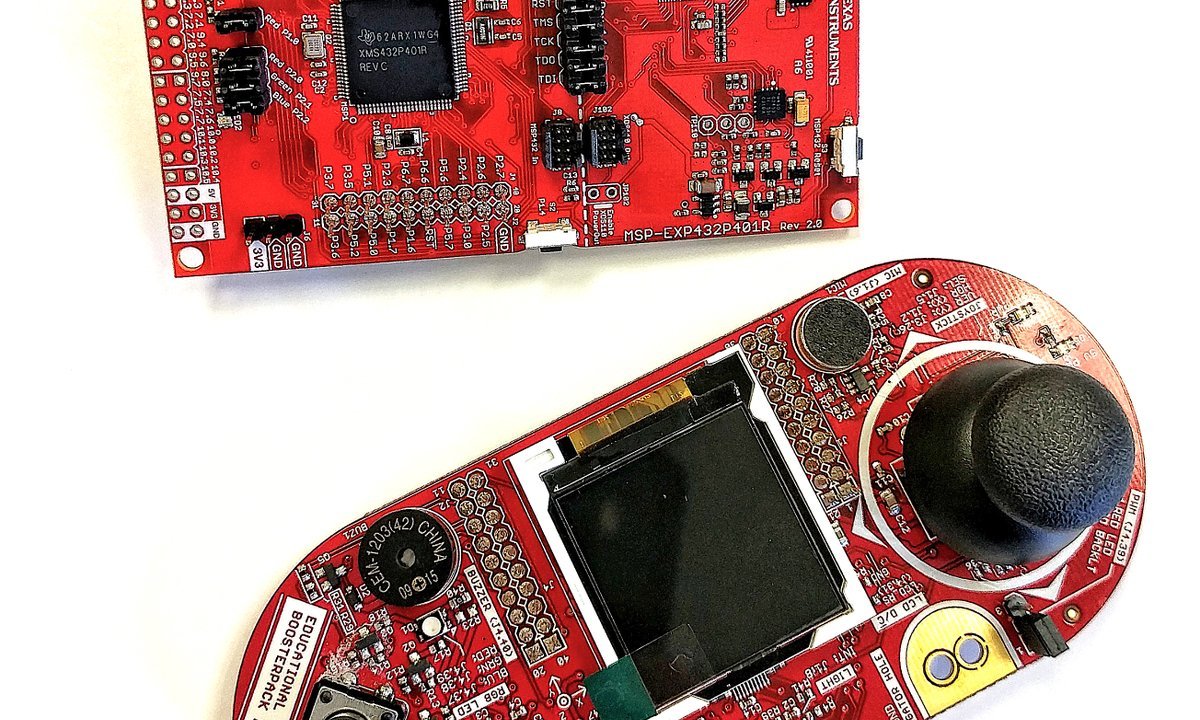GRATIS
EIT Digital vía Coursera
GRATISFundamentals of Computer Architecture
Acerca de este curso
Introduction
This week we first present a definition of computer architecture and the overall objectives of this specialization. Then we will learn how to measure and summarize performance, and about Amdahl's famous law. Finally we will give an introduction to embedded systems.
ISA Design and MIPS64
The set of instructions supported by a processor is called its Instruction Set Architecture (ISA). This week we will learn the MIPS64 ISA, which will be used for code examples throughout this specialization. We will also learn some basic code optimizations that reduce the number of instructions.
Review of Pipelining
This week we will learn about pipelining, which is a technique that overlaps the execution of several instructions. Pipelining is a key implementation technique to make CPUs fast. Using the canonical 5-stage pipeline for illustration, we will learn about pipelining hurdles called hazards and how they can be solved.
Multicycle Operations and Pipeline Scheduling
This week we extend the canonical 5-stage pipeline with multicycle operations; operations that require multiple cycles to execute. Thereafter we learn how instructions can be scheduled in order to reduce the number of pipeline stalls.
Cache Basics
To bridge the gap between processor speed and memory speed, modern processors employ caches. Caches are high-speed memories that contain recently used code and data. This week we will learn the basics of caches (how they are organized, how data is found in the cache, etc.). In addition, we will learn the average memory access time (AMAT) equation as well as 5 basic cache optimizations that aim at reducing the AMAT.
This week we first present a definition of computer architecture and the overall objectives of this specialization. Then we will learn how to measure and summarize performance, and about Amdahl's famous law. Finally we will give an introduction to embedded systems.
ISA Design and MIPS64
The set of instructions supported by a processor is called its Instruction Set Architecture (ISA). This week we will learn the MIPS64 ISA, which will be used for code examples throughout this specialization. We will also learn some basic code optimizations that reduce the number of instructions.
Review of Pipelining
This week we will learn about pipelining, which is a technique that overlaps the execution of several instructions. Pipelining is a key implementation technique to make CPUs fast. Using the canonical 5-stage pipeline for illustration, we will learn about pipelining hurdles called hazards and how they can be solved.
Multicycle Operations and Pipeline Scheduling
This week we extend the canonical 5-stage pipeline with multicycle operations; operations that require multiple cycles to execute. Thereafter we learn how instructions can be scheduled in order to reduce the number of pipeline stalls.
Cache Basics
To bridge the gap between processor speed and memory speed, modern processors employ caches. Caches are high-speed memories that contain recently used code and data. This week we will learn the basics of caches (how they are organized, how data is found in the cache, etc.). In addition, we will learn the average memory access time (AMAT) equation as well as 5 basic cache optimizations that aim at reducing the AMAT.
Cursos relacionados

GRATIS Aprendiendo a aprender: Poderosas herramientas mentales…
Deep teaching solutions
Español

GRATIS Programación para todos (Introducción a Python)
University of Michigan
Inglés

GRATIS The Science of Well-Being
Yale
Inglés

GRATIS Negociación exitosa: Estrategias y habilidades esenciales
University of Michigan
Inglés

GRATIS Primeros Auxilios Psicológicos (PAP)
Universitat Autónoma de Barcelona
Español



